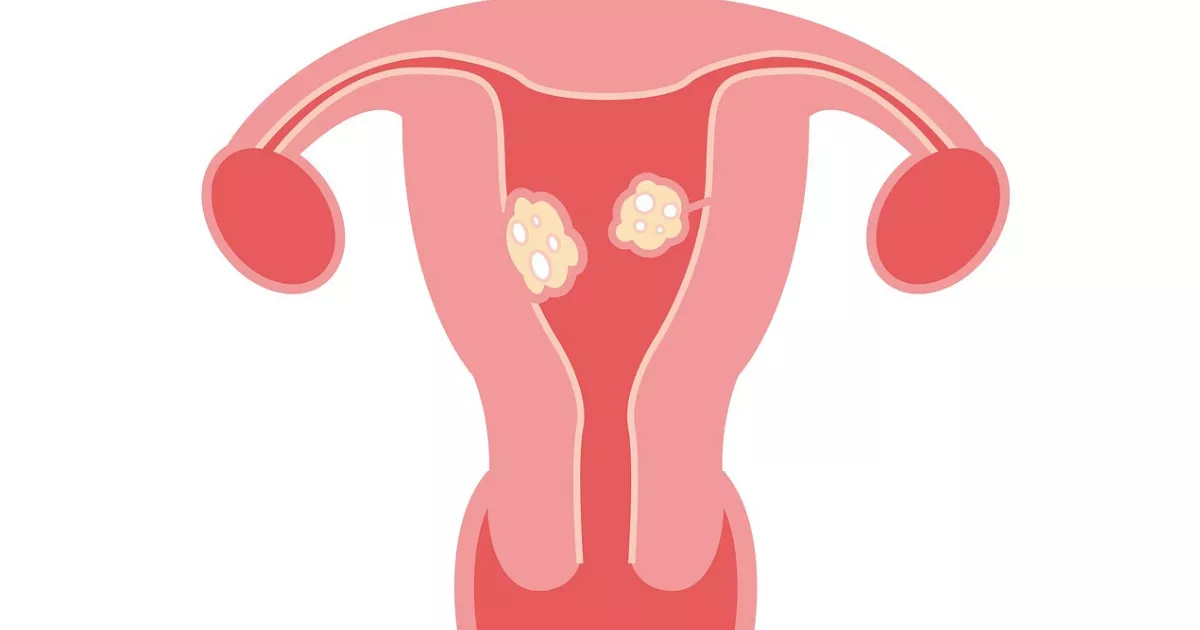Understanding Fibroid Size and Its Impact
Many women who struggle with fibroids are able to manage them without the need for surgical intervention. Eventually, however, if they get too large, they can cause serious health and quality-of-life issues, such as abnormally heavy periods, debilitating abdominal discomfort, pain during sex, and more.
Size is one of the primary indicators of whether or not to seek surgery for fibroids, and it’s important to understand what size fibroids fall into different categories. Location and quantity are other factors that can determine the treatment and management of uterine fibroids. Work with your doctor to consider all of these factors prior to making a decision about your care.
The Fibroid Size Chart

Fibroids Size
(This image is from Shutterstock.)
These growths can range in size from the size of a pea to the size of a watermelon. To better explain the different sizes of fibroids, here is a chart to reference:
- Small fibroid – less than 1-5 cms in length (Size of a pea to a cherry)
- Medium fibroid – 5cms -10cms (Size of a plum to a large orange)
- Large fibroid – 10cms or more (Size of a grapefruit and above)
It’s important to realize that, while size is a major indicator of the potential for damage, there is never a guarantee that larger fibroids will cause serious problems or that smaller fibroids are completely harmless and won’t cause any complications. It’s also worth noting that fibroids can shrink over time, particularly when women hit menopause. For this reason, your doctor may want to wait and see before deciding on a course of treatment.
Dangers of Fibroids According to Size
While smaller fibroids often generally present with little to no symptoms and often cause no problems, larger fibroids can create discomfort by pressing on the abdomen, bladder, and bowel, causing a frequent need to urinate and constipation. Very large fibroids can cause abdominal bulging, which can create discomfort and embarrassment. Each person’s fibroid journey is different, and it’s important to work with your doctor to assess how your fibroids are affecting your quality of life and everyday comfort.
When Should I Consider Surgery for Fibroids?
You may want to consider surgery for fibroids if:
- You’re experiencing severe discomfort that impacts your everyday life.
- Your periods are excessively heavy every month.
- If fibroids are making it hard to get pregnant or interfering with your sex life.
- Other treatments have not been effective in your fibroids management.
- You don’t plan to have children (hysterectomy only)
There are multiple types of fibroids procedures that offer their own benefits and risks. The most common include:
- Hysterectomy – Complete removal of the uterus. Hysterectomy is guaranteed to relieve symptoms but will end any chance of having children without adopting.
- Myomectomy – There are multiple types of myomectomy that can remove fibroids, preserve fertility, and offer relief from symptoms, but around 30 percent of patients grow new fibroids and have to have surgery again in approximately five years.
Other less invasive forms of fibroid removal include uterine fibroid embolization (UFE) and radiofrequency ablation. Talk to your doctor about which option is best for you, and download the Responsum for Fibroids app to stay empowered and educated in your fibroids journey.


